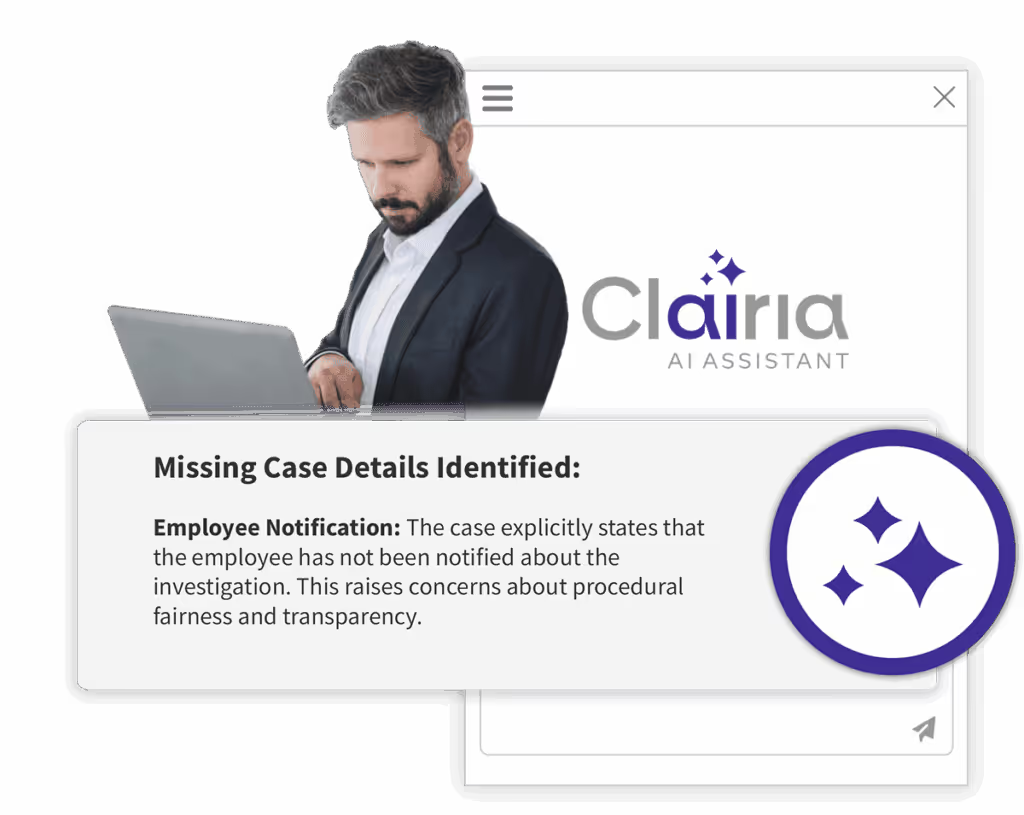The increasing complexity of financial transactions and the growing sophistication of white-collar criminals make it essential to employ the latest technology and methodologies in the fight against fraud, corruption, and sanctions evasion. A Compliance Monitoring system that monitors transactional data at scale is one such tool to assist in managing those risks. This article will explore how leveraging a Compliance Monitoring system can significantly aid forensic accountants and internal and external counsel in their investigations.
The Need for Compliance Monitoring Systems
In recent years, governments and regulators worldwide have increased their expectations of organizations in preventing and detecting non-compliance. These efforts have led to an increased focus on implementing robust anti-fraud and anti-corruption compliance programs. An integral part of these programs is the implementation of Data Analytics and Compliance Monitoring systems designed to detect and prevent fraud or corruption-related financial transactions.Compliance Monitoring systems provide a holistic and proactive approach to identifying potentially suspicious transactions by continuously monitoring the financial activities of organizations and individuals. They analyze historical and real-time transaction data to identify patterns or anomalies that may indicate fraud, corruption, or illicit activities. By leveraging these systems, forensic accountants and counsel can expedite their investigations and make more informed decisions.
Key Features of Compliance Monitoring Systems
To effectively leverage Compliance Monitoring systems in forensic investigations, it is essential to understand their key features:
- Risk Profiling: Compliance Monitoring systems are designed to assign risk profiles to transactions that can be aggregated to a transactional risk profile for an individual employee or third party. These risk profiles help forensic accountants prioritize their investigations by focusing on high-risk transactions or entities. Once a report related to a subject, such as an employee or a third party, is received, a Compliance Monitoring system can immediately identify transactions that are already risk-profiled. This process automation helps investigators scope and complete their transactional reviews quickly and identify related transactions and subjects to explore whether the investigation needs to be expanded. Prior to the advent of Compliance Monitoring systems, an investigator might wait weeks for IT or Finance to provide raw data extracts of transactions from source systems with no risk lens, leaving the investigator to judgmentally sample transactions for review. Today, such Compliance Monitoring systems provide investigators with both risk-analyzed data and raw transactional data in real time.
- Real-Time Monitoring: Compliance Monitoring systems continuously analyze financial transactions and alert forensic accountants to suspicious activities as they occur. Real-time monitoring enables accountants to act quickly and prevent potential fraud, corruption, or illicit activities from escalating and becoming systemic within the organization, which is crucial when investigations are initiated, and evidence is being collected. Suppose a particular subject, such as an employee or third party, is suspicious or referenced in a hotline report. In that case, Compliance Monitoring systems enable compliance and investigations staff to monitor in real time any new transactions that the subject is initiating and continue to monitor that subject, even post-investigation.
- Dynamic Risk-Based Analytics: Compliance Monitoring systems can be enhanced by creating custom risk-based analytics without having to write any code, which can be adapted to changing risk factors and red flags identified in hotline reports and other sources of information. Customizing analytics based on these factors allows for a more efficient and dynamic approach to identifying and addressing corruption risks.
- Data Analysis and Visualization: Compliance Monitoring systems provide advanced data analysis tools and visualizations to help forensic accountants identify patterns, trends, and outliers in transaction data. These insights can reveal hidden relationships and transactions that may indicate fraud, corruption, sanctions evasion, or other non-compliance. Compliance Monitoring systems are well integrated with multiple ERPs and T&E systems, and other systems, such as HR data, to empower investigators to identify anomalous transactions quickly. Historically, pulling exports from numerous sources, analyzing the data, and normalizing it to derive insights could take weeks. Compliance Monitoring systems reduce data processing from weeks to hours.
- Integration with External Data Sources: Compliance Monitoring systems can integrate with external data sources, such as public records, sanctions lists, and media reports, to enrich their analysis and provide a more comprehensive picture of potential fraud, corruption, or sanctions risks.










